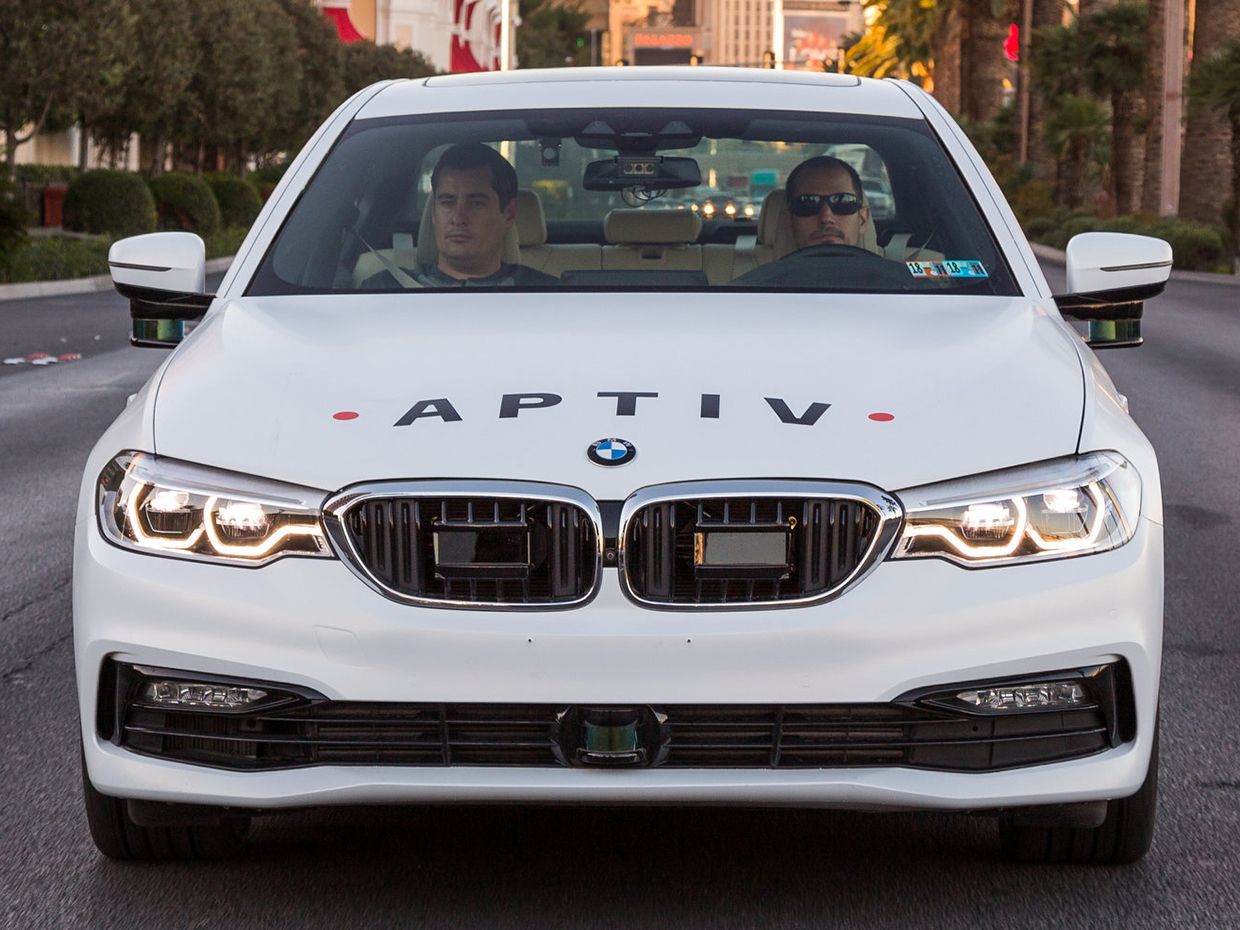 Toyota’s newest self-driving research vehicle, known as Platform 3.0, has eight LIDARs.
Toyota’s newest self-driving research vehicle, known as Platform 3.0, has eight LIDARs.
Hands-Free Driving Made Cheaper with LIDAR
LIDAR, which stands for Light Detection and Ranging, is a remote sensing method that uses light in the form of a pulsed laser to measure ranges (variable distances) to the Earth. A LIDAR instrument principally consists of a laser, a scanner, and a specialized GPS receiver.
The devices weren’t seen as attractive spinning on top of little white sedans. They also weren’t inexpensive with a starting price of $75,000. The classic LIDAR design pioneered by Velodyne spins 64 lasers through 360 degrees, producing a three-dimensional view of the car’s surroundings from the reflected laser beams. However, the Prius you see below no longer has a whirling LIDAR. Velodyne has replaced it with it’s inexpensive 16-laser LIDAR for $4,000. It’s much more pleasant and less threatening to look if driving next to it on a highway.
Most companies involved with autonomous vehicles mostly used three core sensor technologies, including cameras, radar and LIDAR. Except for Telsa, which currently uses a slightly different system combining cameras, radar and ultrasonic sensors.

Aptiv’s self-driving BMW test car has nine LIDARs.
Cheaper LIDARs are expected to arrive in the near future. Velodyne has most of the market, however a host of startups are nipping at its heels with solid-state LIDARs that could soon be as lost cost as $100 each. Many of the new LIDARs work in fundamentally different ways to Velodyne’s bucket—a shift that brings new capabilities and new challenges.
The race to invent the most effective and least expensive autonomous vehicle, has heated up with all major players, GM, Ford and Toyota pumping money and resources into the race. Even some European countries have announced a ban on fossil fuel burning vehicles in their major cities within 10 years or sooner.
But perhaps the best part of the future of self-driving vehicles will be the decrease in insurance costs.







Leave A Comment